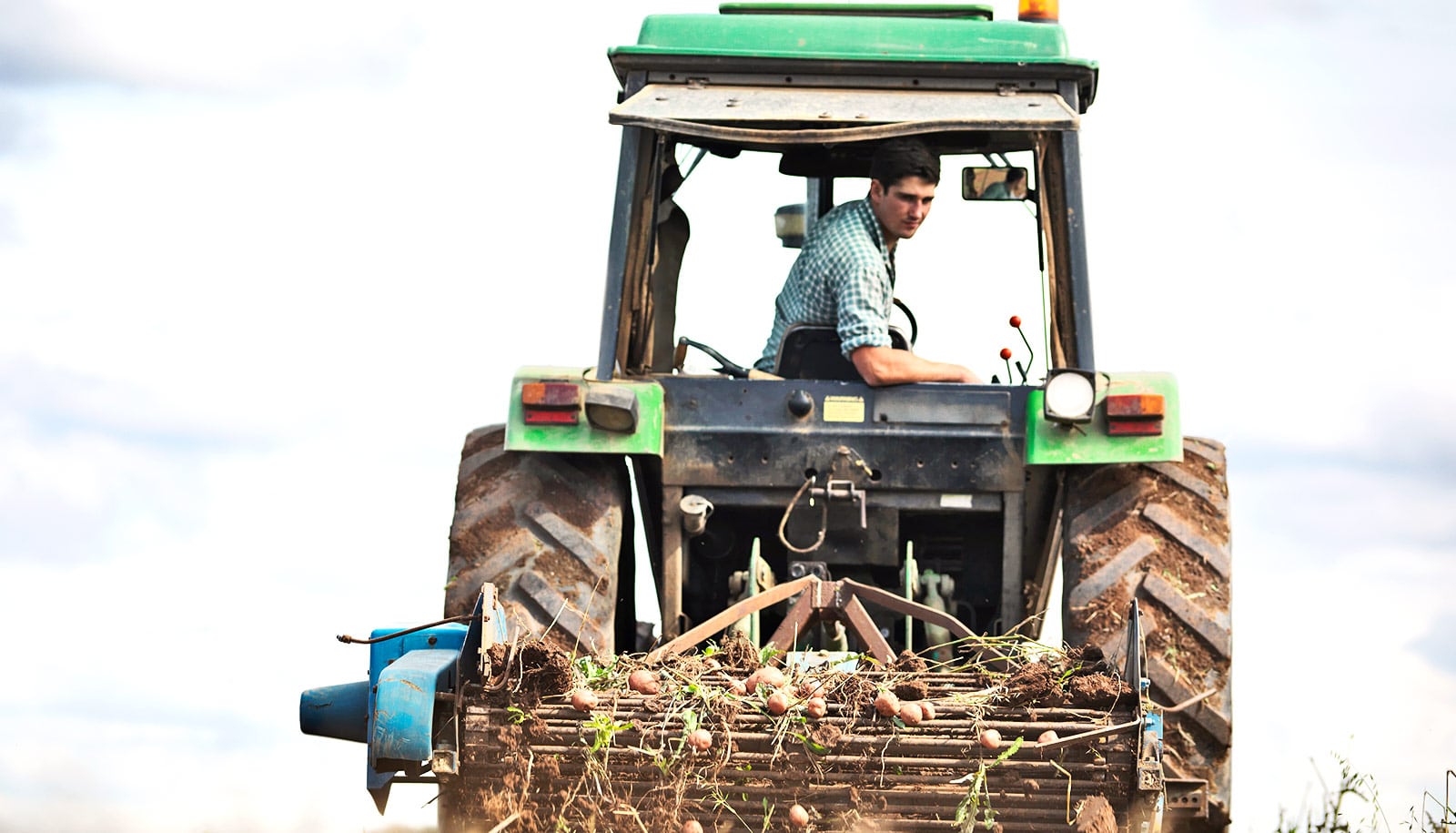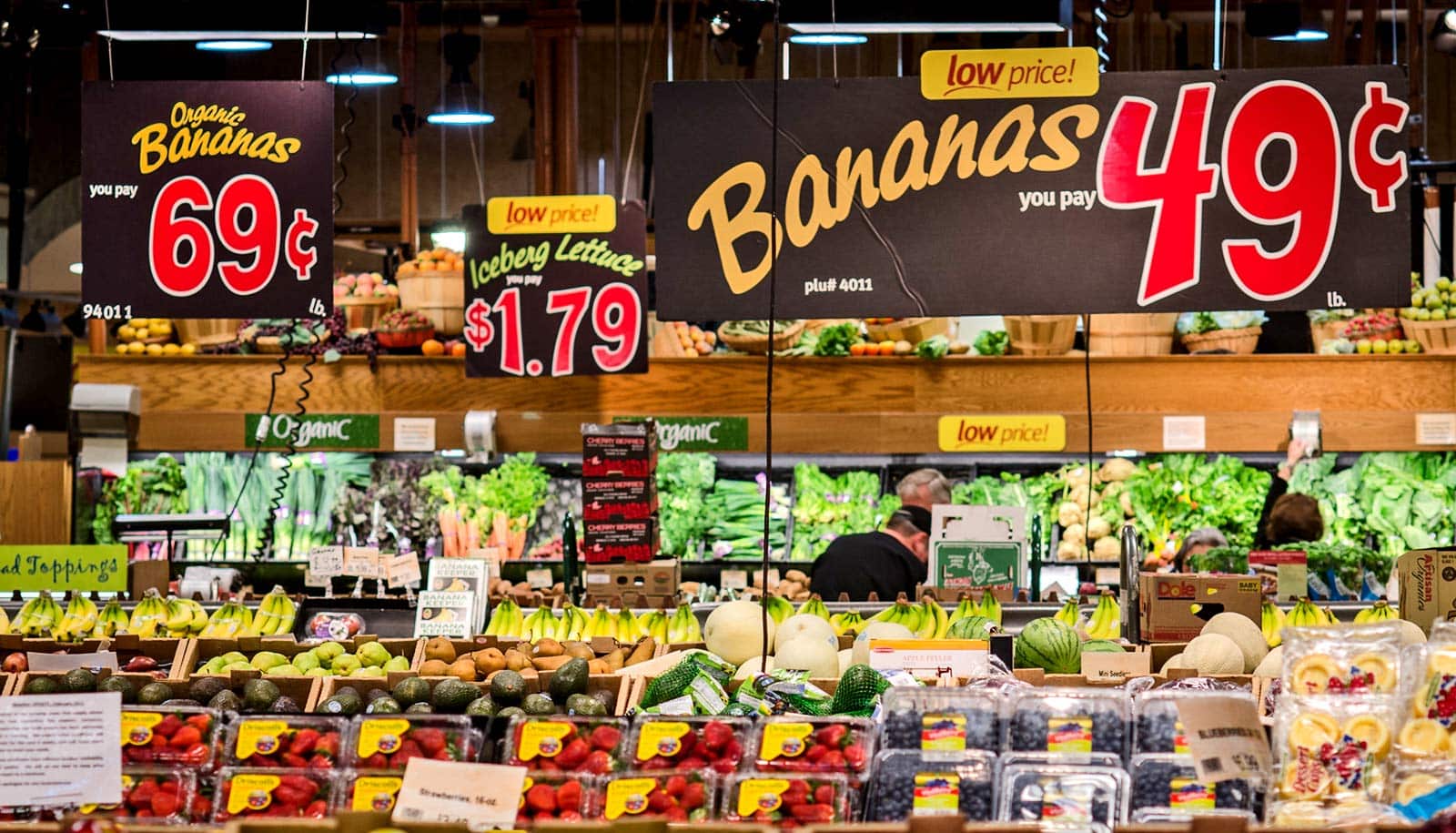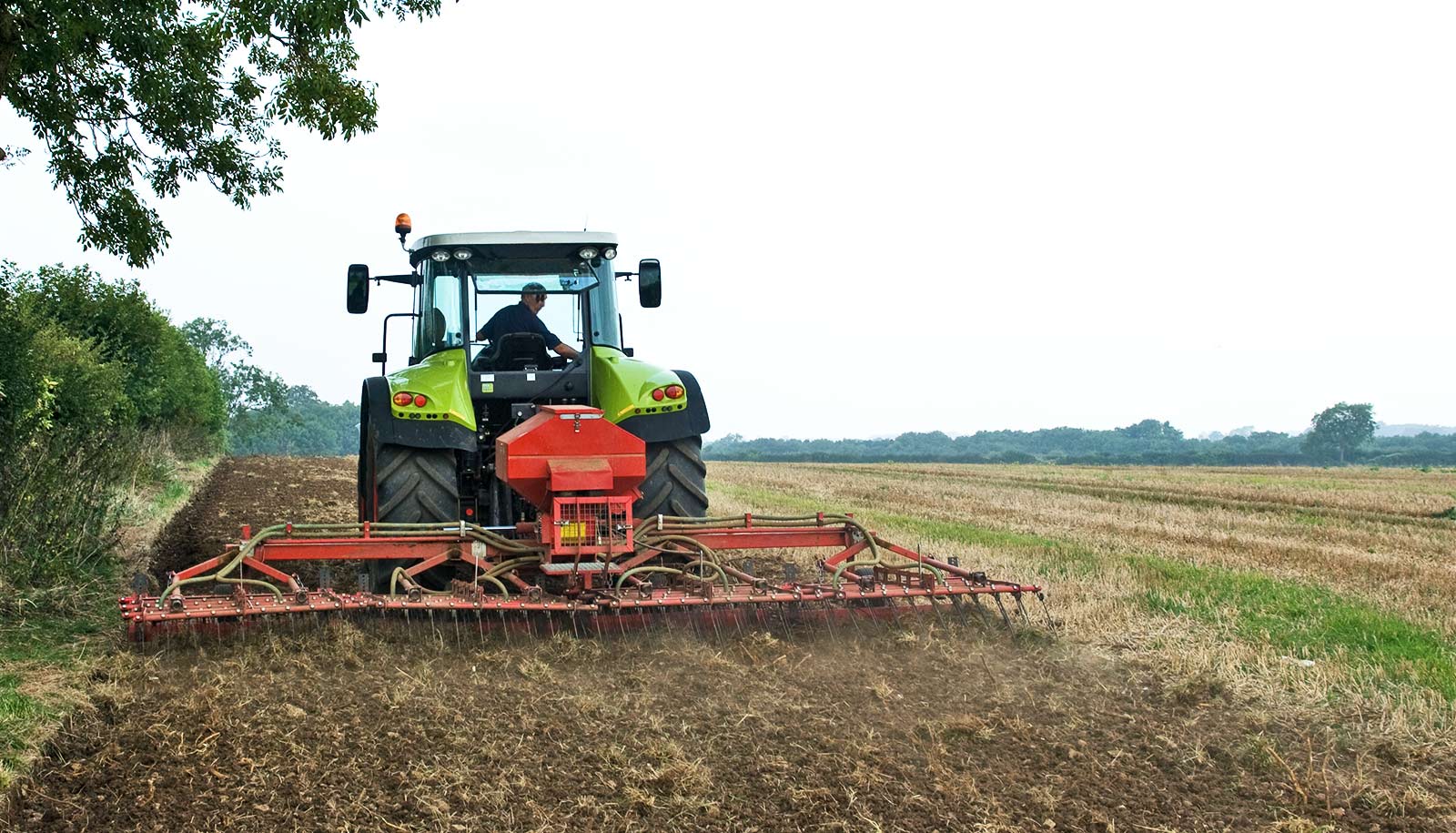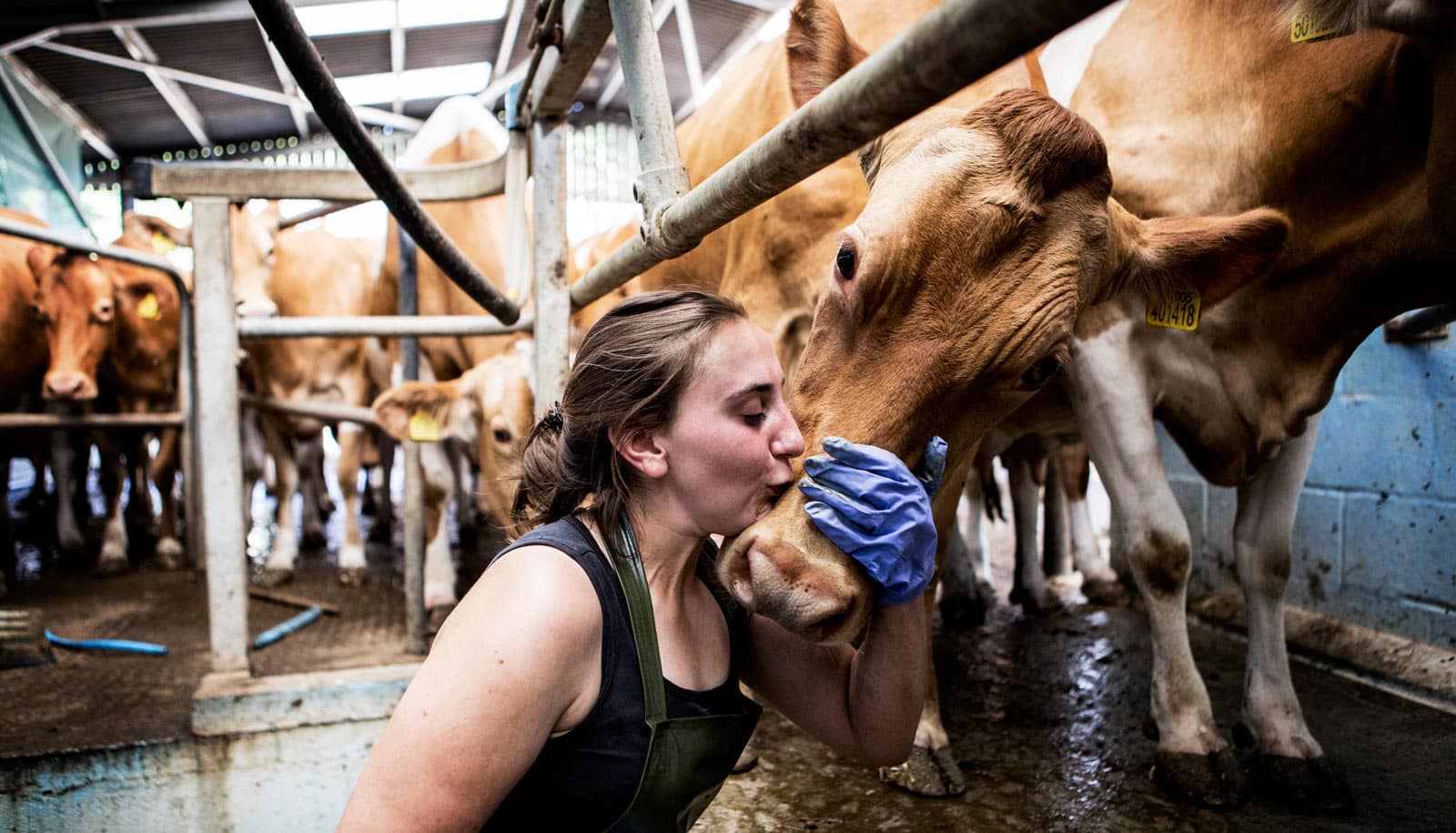New research digs deeper into the question of why, despite the extraordinary productivity of US agriculture, US farm operators are systematically losing money.
US agricultural systems are world leaders in the production of food, fuel, and fiber. This high level of production enables consumers to spend an average of only 8.6% of their disposable income on food, a percentage that has trended downward since 1960.
“Farming is one of the hardest jobs on the planet. And it’s going to get even harder due to climate change.”
Growing evidence, however, shows that many hidden costs of cheap food may be passed on through factors such as reduced nutritional content, environmental degradation, and the diminishing livelihoods of US farm operators.
“It’s not that agriculture as a sector is not profitable,” says lead author Emily Burchfield, assistant professor in the environmental sciences department at Emory University. “It’s that, despite hard work and significant financial risk, many of the people who operate US farms are not able to make a decent living at it.”
Rising input costs, shrinking production values, commodity specialization, and challenges to land access all appear to be connected to declining farm operator livelihoods, the new study in Frontiers of Sustainable Food Systems concludes.
“We’ve shown in a quantitative, systematic way the extent to which these trends are happening and, in many cases, how they appear to be worsening,” Burchfield says.
Farmers have to pay to farm
“People who work in the agricultural space already know that it is difficult to make a living as a farmer,” Burchfield says. “In this paper, we’ve cleaned and merged tremendous amounts of data from multiple sources to bring key information together into one place. This allows us to tell a more complete and clear story about how and why this is happening at a national scale.”
The researchers deposited the cleaned and merged data into a free, online repository so that other agricultural stakeholders can easily access it. They hope that their “one-stop,” centralized data hub on farmer livelihoods will serve as an educational tool and inspire more research into the topic.
The US Department of Agriculture reported in 2020 that the average funds generated by farm operators to meet living expenses and debt obligations, after accounting for production expenses, have been negative for nine out of the last 10 years. In 2017, for instance, median net-cash farm income was $1,035 in the red per farm household in the country.
In many regions of the United States, the authors write, farm operators actually have to pay to engage in the labor- and time-intensive act of operating a farm.
“What we were really surprised to find in the data is that the low, or negative, median farm operator income applies even when you factor in government subsidies,” Burchfield says.
“Given that the federal government is subsidizing farming with billions of dollars annually, it raises the question of how we might do so more effectively. How are we going to convince folks to continue growing our food if they are locked into a system where they can’t make money?”
Climate change will make things worse
Burchfield’s research combines spatial-temporal, social, and environmental data to understand the future of food security in the US, including the consequences of a changing climate.
Understanding how much income individual farms are losing on average is complicated by farm households often having a family member bringing in income through a non-farm occupation, Burchfield notes. In 2019, the USDA reported that on-farm production contributes to less than 25% of farm household income, on average, with the remaining 75% earned off-farm. This suggests that many farmers rely on off-farm income to stay afloat.
“Farming is one of the hardest jobs on the planet,” Burchfield says, “and it’s going to get even harder due to climate change. The combination of more gradual shifts in average climate conditions, and the increased prevalence of extreme weather events, presents a serious challenge to farmers.”
These ongoing challenges, the authors argue, require an urgent rethinking of how federal subsidies can play a role in encouraging and supporting new, adaptive approaches to agriculture.
US farm operations currently cover approximately 900 million cultivated acres, more than half of the nation’s land area. And three crops—corn, soy, and wheat—are cultivated exclusively on more than two thirds of agricultural acres.
“A lack of crop diversification can make farming increasingly brittle and less adaptable,” Burchfield says. “Climate change, meanwhile, makes the need for innovation and adaptation more crucial and inevitable.”
Boosting diversity
The paper also highlights the lack of diversification among farm operators. Statistically, the “average” US farmer is a 58-year-old white male. Those not identifying as white currently operate about 7% of farmland representing just 5% of operations. Only 1.4% of operators identify as Black, and these operators are heavily concentrated in the Southeast. And, on average, white operators receive twice as much from federal subsidy programs ($14,000 per farm) as Black operators ($6,400 per farm).
“We need better data to track the persistent inequities at the intersection of race, class, and livelihoods in the agriculture space,” Burchfield says.
She recommends finding ways to support the diversity of people, plants, and practices in the national farm landscape to help address the growing issues of agricultural sustainability and climate change. “Small-scale experimentation and the emergence of grassroots alternatives along with technical innovations are all needed in order to better weather the challenges,” she says.
Burchfield also cites the need for the availability of more fine-scale data on the livelihoods of farmers that goes beyond yields and acreage to cover issues such as access to health insurance.
“Farmers are fundamental to our survival, their work is risky and difficult, and ensuring their quality of life is necessary for US agriculture to persist,” she says.
As Burchfield and her coauthors conclude: “Measuring and monitoring agricultural progress using only metrics of production, efficiency, and revenue masks the lived realities of the humans operating our farms.”
Additional coauthors are from Penn State and Emory. The US Department of Agriculture and the National Science Foundation funded the work.
Source: Emory University



